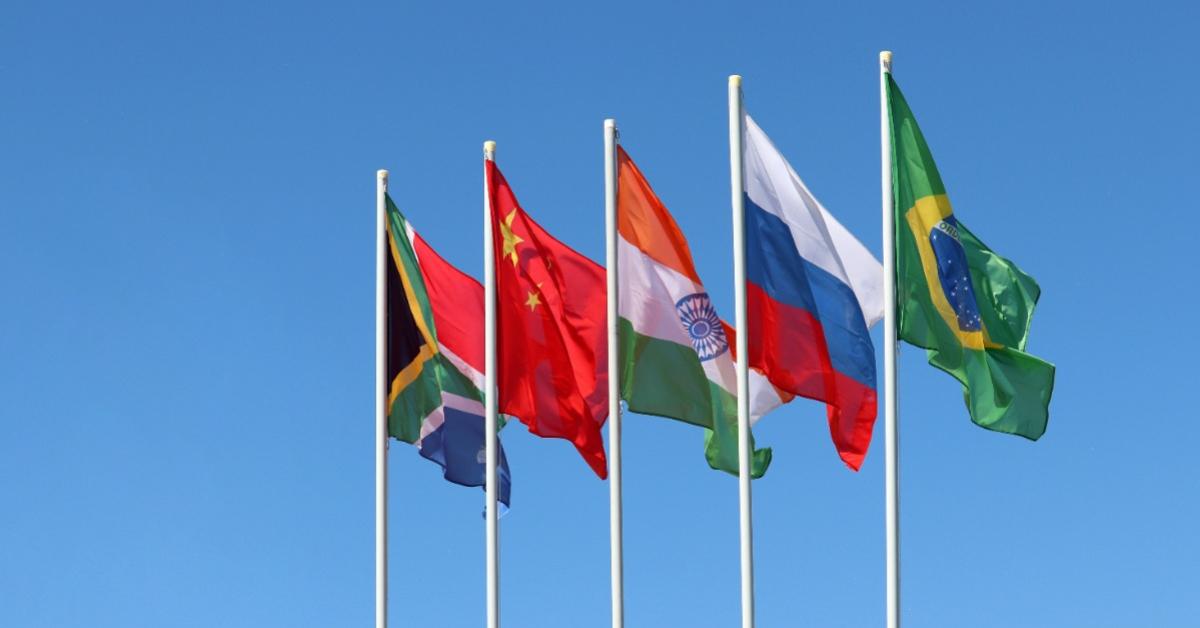
Money first originated through the voluntary exchange of commodities, such as gold and silver, in order to eliminate the inefficiencies of barter.
As Austrian school of economics founder Carl Menger explained:
Money is not an invention of the state. It is not the product of a legislative act. Even the sanction of political authority is not necessary for its existence. Certain commodities came to be money quite naturally, as the result of economic relationships that were independent of the power of the state.
However, governments quickly learned that they could gain enormous wealth and power by taking control of money. Ludwig von Mises detailed in his magnum opus Human Action how this control has harmed human progress and noted that “For two hundred years the governments have interfered with the market’s choice of the money medium. Even the most bigoted étatists [statists] do not venture to assert that this interference has proved beneficial.”
Murray N. Rothbard further elaborated in What Has Government Done to Our Money? that
government meddling with money has not only brought untold tyranny into the world; it has also brought chaos and not order. It has fragmented the peaceful, productive world market and shattered it into a thousand pieces, with trade and investment hobbled and hampered by myriad restrictions, controls, artificial rates, currency breakdowns, etc. It has helped bring about wars by transforming a world of peaceful intercourse into a jungle of warring currency blocs. In short, we find that coercion, in money as in other matters, brings, not order, but conflict and chaos.
We see this chaos every day, with the economy bouncing from inflation to deflation and boom to bust. How did we reach this point and could it change going forward?
Devolution Of Money from Gold to Fiat Currencies
Prior to World War II, the British pound was the world’s “reserve currency.” However, after the war, the United States had the strongest economy and largest amount of gold reserves in the world.
At the Bretton Woods Conference in 1944, the US dollar was tied to gold at thirty-five dollars per ounce, and all other currencies were tied to the US dollar at fixed exchange rates. That made the dollar the “world reserve currency,” which means it was the only currency accepted throughout the world for the settlement of international trade accounts.
In the 1960s and early 1970s, the US government’s out-of-control spending spurred a run on US gold reserves by foreign governments. In response, President Richard Nixon ended all ties between the US dollar and gold in 1971. Since then, there has been no commodity backing for any currencies in the world. This led to higher inflation and lower living standards than would have otherwise occurred.
Following the Arab oil embargo of 1973, the US government agreed to provide military support to Saudi Arabia in exchange for Saudi Arabia agreeing to sell oil only in US dollars. This “petrodollar” arrangement helped solidify the dollar as the world’s reserve currency for the past fifty years.
What can compete with the US dollar now?
Rise of the BRICS
“BRICS” is an acronym for five of the largest emerging countries: Brazil, Russia, India, China, and South Africa. The BRICS countries comprise about 42 percent of the global population and 32 percent of global gross domestic product (GDP). By contrast, the US has only 4 percent of the global population and 16 percent of global GDP.
In addition, several countries are rumored to be joining the BRICS alliance in the future, including Saudi Arabia, the United Arab Emirates, Egypt, Turkey, Thailand, and Indonesia.
The BRICS countries have grown weary of being beholden to the US dollar and US monetary policy. This is particularly true in recent years, with (a) the 40 percent increase in the US money supply that has led to the highest inflation in forty years; (b) the increase of the US federal government debt to GDP to 120 percent, double the level of fifteen years ago and triple the level of forty years ago (as shown below), plus over $200 trillion in unfunded liabilities for Social Security, Medicare, and other obligations; and (c) the aggressive US foreign policy, including sanctions relating to the Russia-Ukraine war.
Figure 1: Total public debt as percent of gross domestic product
picture1.jpg
Source: FRED economic data from the Federal Reserve Bank of St. Louis.
BRICS Taking Action
Due to the Russia-Ukraine war and China’s continued economic growth, the BRICS are accelerating plans to take power from the US.
So far, the BRICS have started initiatives such as the New Development Bank for infrastructure lending, a Contingent Reserve Arrangement to protect against foreign exchange pressures, and a BRICS payment system as an alternative to the Society for Worldwide Interbank Financial Telecommunication (SWIFT).
They are also working on a BRICS reserve asset based on a basket of the BRICS countries’ currencies to compete with the International Monetary Fund’s (IMF) special drawing rights (SDR). The SDR is based on a basket of the US dollar, the euro, the British pound, the Japanese yen, and the Chinese yuan. The SDR is not officially a currency, but it can be created out of thin air and sold for national currencies if the IMF tells countries to buy SDRs.
Central banks around the world are already starting to diversify away from the US dollar and into the Chinese yuan and other currencies.
After Russia invaded Ukraine, the US banned Russia from the dollar system. However, Russia is the largest oil provider to China, so Russia and China started trading in Chinese yuan rather than US dollars.
India has also paid for most of their Russian oil in currencies other than the US dollar lately. Recently, Brazil and China agreed to conduct all future trade in their own currencies. French oil company TotalEnergies recently completed its first purchase of liquefied natural gas from China using the Chinese yuan.
As a result of these and other efforts, the percentage of global currency reserves in US dollars has fallen from 73 percent in 2001 to 58 percent now.
It Will Not Be Easy to Dethrone the US Dollar
The BRICS countries are unlikely to seriously challenge the king dollar if their only tool is just another fiat currency they can create out of thin air.
The US has the largest and safest government bond market, no capital controls, and a reputation for enforcing the rule of law. By contrast, the BRICS countries are hardly known for respecting laws or having strong currencies.
Perhaps more importantly, non-US entities have $12 trillion of US dollar-denominated debt that they need to pay back with dollars, so abandoning the dollar would be incredibly difficult and costly.
Unless the BRICS Create a Hard Commodity-Backed Currency
Of course, their competition with the dollar would ultimately end in failure, as Bretton Woods did, if the BRICS countries continue to create money out of thin air to finance their warfare and welfare spending. The BRICS will have a much better chance if they create a hard currency backed by gold or other commodities like oil.
The BRICS countries have a combined gold reserves of 5,352 tons, which makes them the second largest owner of gold reserves after the US, which has 8,133 tons. China has quadrupled its gold reserves over the past twenty years, as shown below.
Figure 2: China gold reserves
picture2.jpg
Source: Trading Economics.
BRICS countries are wisely exploring gold-backed currencies. For example, in March 2022, Russia announced they were linking the ruble to gold at five thousand rubles per gram and requiring payment for their exports in rubles. It was also recently reported that Russia and Iran are working on a new “stablecoin” cryptocurrency backed by gold to compete with the dollar.
How ironic if the “free market” US were outcompeted by an even more free-market currency created by the likes of Russia, China, and Iran.
US Economic and Political Impact
If the BRICS are successful and the US does not change its policies to focus on a stronger dollar, less spending, and peace instead of war, it is possible the dollar will slowly lose its “reserve currency” status. This would hurt US living standards and lead to less power for the US government, similar to the weakening of the UK after World War II. All empires in history have failed, and the US will not likely be an exception—if the BRICS can create a successful hard currency to compete with the dollar.
Conclusion
Unless the BRICS are willing to give up the power to create money out of thin air and create a currency that is backed 100 percent by gold or other commodities, any new currency will likely suffer the same problems as the dollar and other fiat currencies.
Ultimately, until money is returned to the free market so it cannot be manipulated by governments, we will continue to experience the economic problems that have plagued mankind since governments started meddling with our money.





